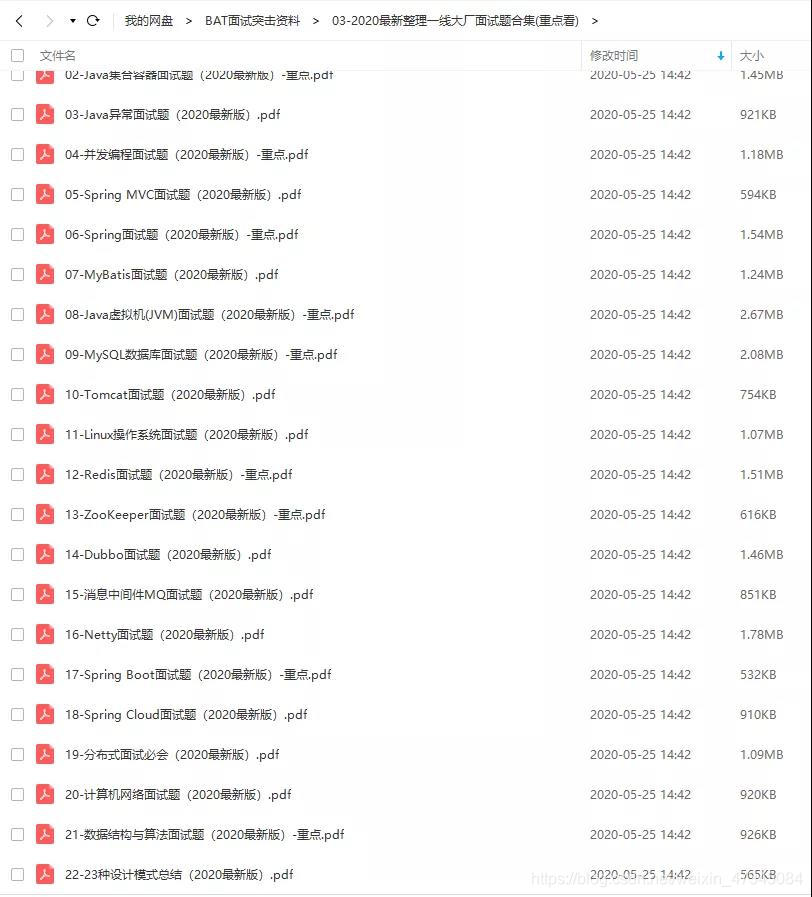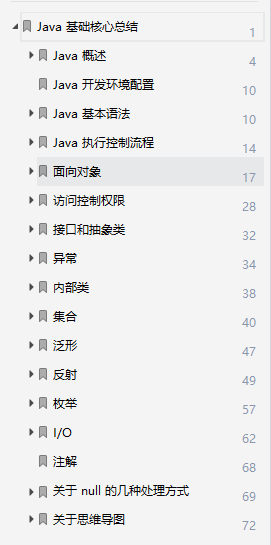After getting the NetEase offer, he posted such a circle of friends. In fact, after I saw it, I had a great feeling in my heart: Before the goal is achieved, we will be in a very tortured state-----We will doubt whether our abilities match the company's requirements and whether we are sticking to the direction. Correct, will doubt their luck. But at the same time of self-doubt, we dare not relax the requirements of ourselves in study-we insist on reviewing questions, doing projects, reviewing experience, and submitting resumes. But at the moment I received the offer email, when I heard the phone "ding" and turned on and found that it was the offer text message from the company, I felt that everything was relieved. We have tears in our eyes, and our hearts are in full bloom, because we feel that some persistence and hard work are worth it!

One side:
self-introduction
, project-related during the internship, and then turn to Spring
Spring which features are used in the project, IOC, and Kafka monitoring interface related implementation.
ThreadPool, Jdk native thread pool, the four parameters explain the principles in detail. When the poolSize in the thread pool reaches corePoolSize and the blocking queue is full, another task will come, how to deal with
multithreading to achieve synchronization, mutual exclusion synchronization, non-blocking synchronization
explain the key to Synchronize Word lock optimization technology, biased locks, lightweight locks, and heavyweight locks, how these locks are stored, the process of revocation of biased locks and upgrades to lightweight locks, combined with the source code to explain the
semantics of the volatile keyword and how the memory barrier is implemented, What optimizations have been made to memory barriers in JMM, the semantic enhancement of volatile,
instruction reordering and happen-before, data dependence and other
HashMap underlying data structures, how to deal with hash conflicts, and why the size of HashMap should be set to the n-th power of 2, Why is hash&length-1 required in the IndexFor method, why does HashMap allow null values, the resize() process, and why there is an infinite loop in resize under multi-threading? Detailed explanation,
after combining the source code HashMap jdk1.8, why the chain structure is red and black The tree, why does it turn into a red-black tree when the length is 8.
NIO understand? Do
n’t understand, it belongs to the blank area of knowledge. But the interviewer was more friendly and didn't hold onto this piece.
Explain the basic principle of fast sorting. easy
handwriting singleton mode. I asked separately how to deal with the multithreading situation, when the singleton mode can be destroyed, how to prevent the singleton mode from being destroyed the
JMM memory model, and how to ensure cache consistency.
Two sides:
Self-introduction
Introduce
how to implement the Kafka monitoring interface of the internship project , why use Kafka instead of other message queues when
implementing the Kafka monitoring interface, what pits were encountered, what measures were taken, or
the basic concepts, characteristics and advantages of Kafka.
Do you know about MySQL such as offset+zk+ persistent partition log sequential storage ? Introduce InnoDB
JVM, do you understand? Introduce, talk about the
difference between the garbage collection mechanism Full GC and Minor GC, and the respective trigger conditions.
Talk about the CMS garbage collector. its application scenarios
HR side:
HR little sister is very pretty
HR little sister really pretty
problems are more law-abiding, not an opening let me tell a joke
there are no internships
where the internship
is responsible for what systems
Why should I be responsible for independent
hand there is no other the offer
the offer payroll number
where people after the intention and where development whether to accept pre-employment internship
whether to accept the 996 (and then later learned that our department is not 996)
summary:
Questions are relatively basic, but it is not easy to answer them well, because many questions are of the kind that you can answer deeply if you want to answer deeply, and you can finish it in one or two sentences if you want to answer it shallowly. In the usual learning process, you must pay attention to cultivating your own knowledge system, and don't just memorize some so-called standard answers to interview questions. Interview is actually a tailor-made thing. Many things (including some professional knowledge) do not have a very quantitative standard. The focus is on how to show your unique side to the interviewer. If you directly say the "standard answer" memorized from the Internet when answering certain questions, the interviewer will feel that you do not have your own understanding of knowledge. The interviewer has experienced many battles. What kind of candidate hasn't met? Therefore, if you want to talk and laugh with the interviewer during the interview, you must work hard to improve your coding ability on the premise of a solid professional foundation. In this way, it is difficult for you not to get a good offer!
Learning method:
all the information shown below can be shared and forwarded + follow for free, then click here, the secret code CSDN!
(1) Multiple questions
It is very important to brush more interview questions by yourself. Even when you do not need an interview, you should always understand what the big and small factories will ask in interviews. What are the more popular technologies and so on. So how did the buddies write the questions? Questions are mainly divided into two categories: Java technology and algorithms. Some relatively new question books have been collected, including [Java Core Knowledge] and [Algorithm Brushing]. For example, there is LeetCode for algorithms.

Summary of Java core knowledge:

(2) Look at the actual combat book of the technical cow
In fact, the current state of many people is that they lack actual combat experience, or that they don't know how to get started in actual combat. Well, it’s good for you to read some practical books written by those who are more skilled, and you can learn some practical experience. At present, the actual combat books I have compiled are relatively comprehensive, including Spring Family Bucket, JVM, concurrent programming technology, Redis-related, MySQL tuning, Tomcat, ZooKeeper and other advanced technologies.

(3) Communicate more and think more
The last point to be emphasized is to communicate more and think more. Nowadays, many programmers fall into a strange circle, and they only work mechanically in the office all day long. In fact, if programmers want to make great and obvious progress, communication is indispensable. So how do you meet someone who is better than yourself? In fact, there are many channels. My personal approach is: ①Watch some technical live broadcasts and make friends in the live broadcast room; ②Add some technical communication groups and exchange more questions; ③Participate in some offline activities, such as face-based, seminars, etc. .
Written at the end
Learning is like climbing. Although there is physical and mental exhaustion, there are more beautiful scenery along the way, and no matter how far you are after climbing. After that, you will always lament that what you have done is worthwhile.
All the study materials and interview materials in the above content can be provided free of charge. I hope that everyone will have a smooth interview and win your favorite offer!
How to get the answer: How to get the information: Click here, the secret code CSDN!,
covering Java core technology, JVM, Java concurrency, SSM, microservices, databases, data structures, etc.